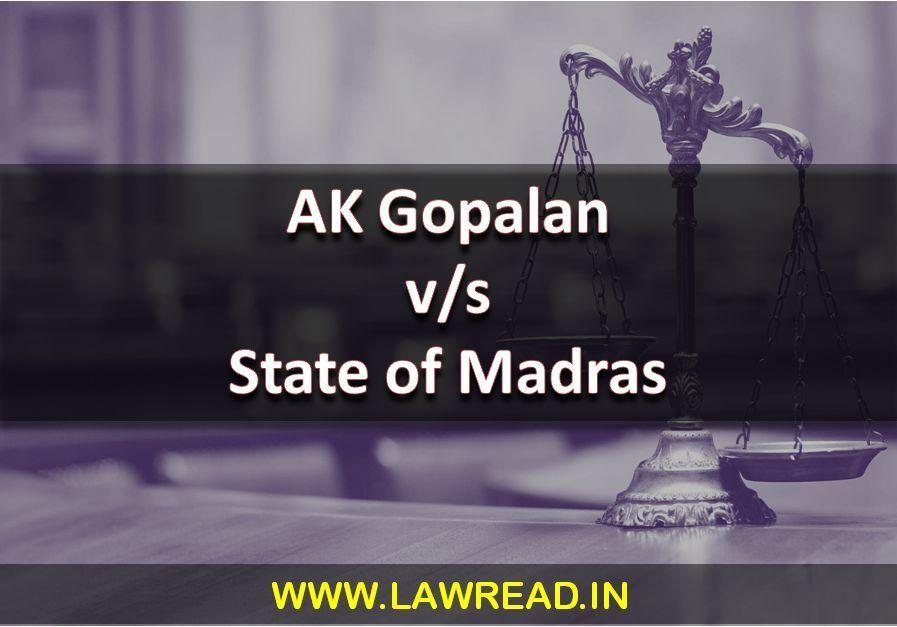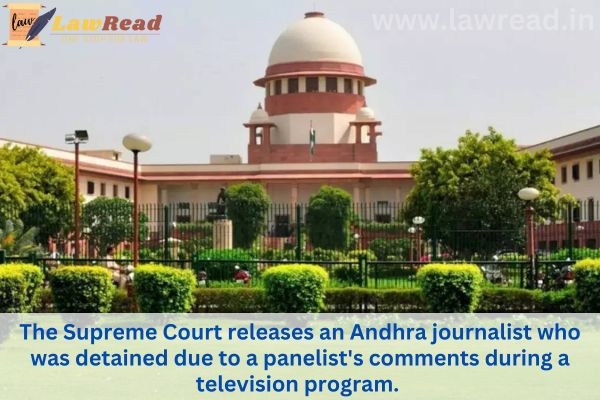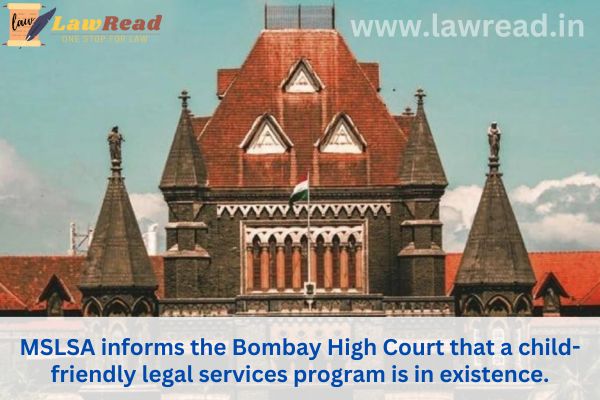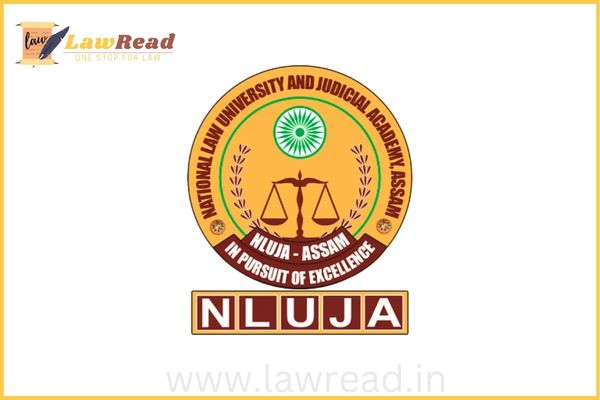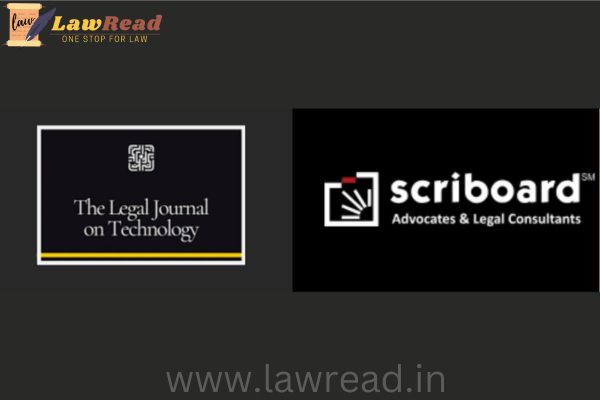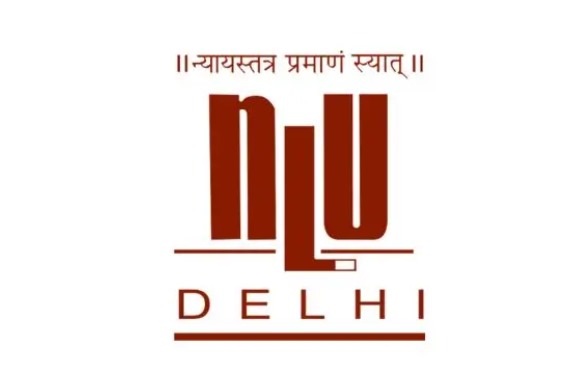Landmark Judgement
Ashok Kumar Thakur v. Union of India (2008)
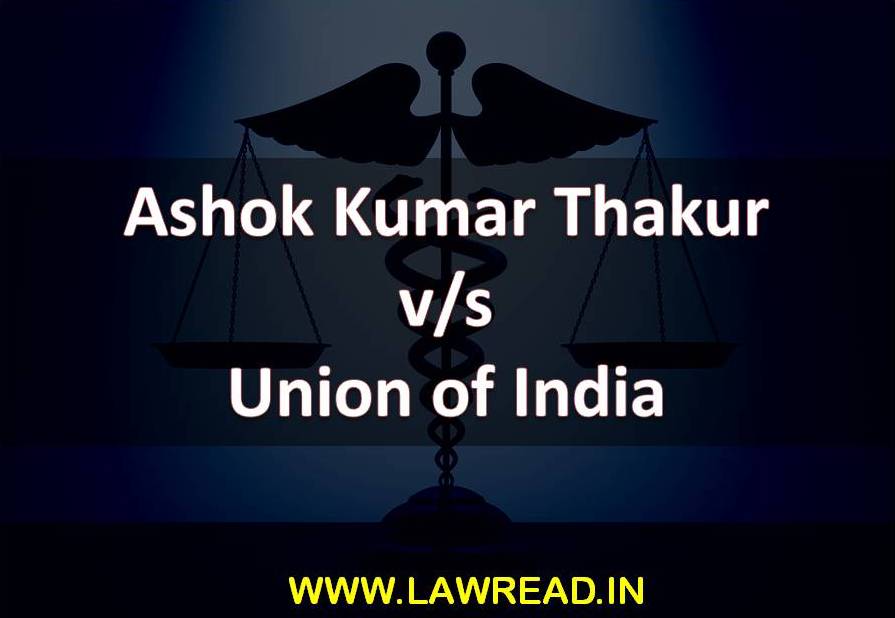
Title of the case:- Ashok Kumar Thakur v. Union of India (2008)
Citation:- (2008) INSC 614
Court:- Supreme Court of India
Bench:- Dr. Arijit Pasayat, C.K. Thakker
Petitioner:- Ashok Kumar Thakur
Respondent:- Union of India
INTRODUCTION:
There are many impoverished people in India. To be specific, certain classes or groups of people who are categorised as the inferior caste or low status people. It was believed that these people tagged as "low castes" do not have equal status im the society. The makers of our constitution wanted to remove all the inequalities prevailing in the society. They urged for a casteless and classless society for India. This thought is mainly illustrated in the Article 15 and Article 46 of the Constitution. In this case titled "Ashok Kumar Thakur v Union of India" the court had a discussion on the Reservation System in India. Reservation is treated to be one the tool used to promote equality, and to bring the deprived people to the forefront of the civil life. In this case, reservation rules which were brought through the Ninety Third Amendment Act, 1993 are mainly dealt with. The judgement delivered in this case focuses on the relationship between the caste and class of the Indian Society and how caste plays a vital role in determining the class of an individual.
FACTS OF THE CASE:
Central Educational Institutions (reservation in admission) Act was passed in 2006 in the parliament after the Ninety Third Amendment Act. A reservation of 15% for Scheduled Castes (SC), 7.5% for the Scheduled Tribes (ST) and 27% for Other Backword Castes (OBC) in Central Educational Institutions was provided in the Section 3 of the very same act. Many petitions were filed questioning the provisions of central education institutions act and the constitutionality of the Ninety Third Amendment Act too on several points after this act was passed. Initially, the bench of two judges was formed to hear these writ petitions but as soon as the importance and seriousness of this issue was realised, all the petitions were referred to a constitutional bench. Various petitioners in this case were strictly against the reservation of 27% for OBCs and strongly opposed for the same. Though the reservation for SC and ST was not at all opposed. The reason for this opposition was that the Parliament introduced Article 15(5) by the Ninety Third Constitutional Amendment Act, 2005 to enable the State to make such provision for the advancement of SC, ST and Socially and Educationally Backward Classes (SEBC) of citizens regarding a particular topic, namely, admission to educational institutions including private educational institutions wherther aided or unaided by the State notwithstanding the provisions of Article 19(1)(g). Section 3 of Act 5 of 2007 provided reservation of 15% seats for SC, 7% for ST and 27% for OBC in Central Educational Institutions. Ashok Kumar Thakur challenged this provision on the basis that this was against the "basic structure" of the Constitution and that it lessened the Principle of Equality under Article 14 read with Article 15 of the Constitution. This Amendment and the Central Educational Institutions (Reservation in Admission) Act, 2006 (enactment Act 5 of 2007) was further challenged on the basis that the Union of India failed in performing its Constitutional and Legal Duties towards the citizenry and that this would have tough consequences resulting in the division of the Country on the basis of Caste.
ISSUE:
1. Whether the Ninety Third Amendment of the constitution is against the “basic structure” of the constitution or not?
2. Whether Articles 15(4) and 15(5) were mutually contradictory and hence Article 15(5) was to be held ultra vires or not?
3. Whether the exclusion of minority educational institutions from Article 15(5) was violative of Article 14 of the Indian Constitution or not?
4. Whether the Constitutional Amendment followed the procedure prescribed under Article 368 of the Constitution or not?
5. Whether the Act 5 of 2007 was constitutionally invalid in view of definition of Backward Class” and whether the identification of such “Backward Class” based on “caste” was constitutionally valid or not?
6. Whether the creamy layer is to be excluded from the Socially Economically Backward Classes or not?
ARGUMENTS:
(a) Arguments by the Petitioner:
1. It was challenged that the provisions of the Act are first of all violative of Article 14 and then it could be justified only on the basis of compelling state necessity. To establish a compelling State necessity more compulsion would be needed than what is normally needed in the case of economic legislation.
2. The petitioners also challenged the validity of the Constitution by arguing that the amendment would destruct the basic structure of the Constitution.
3. The further argued that caste cannot mere criterion to determine the socially and educationally backward classes under Articles 15(4) and 15(5) of the Constitution and the test for Article 15(5) has to be “operation-cum-income” where caste may or may not be one of the many considerations having a nebulous weightage, and alternatively without conceding if caste at all is taken as one of the many considerations then it can be those castes which satisfy the tests of similarity with SC and ST.[1]
4. It was contended that the admission to educational institutions should be based entirely on merit and to allow a state to prefer a student with lesser merit over a student who would have otherwise got admission, is ex facie discriminatory.
(b) Arguments by the Respondents:
1. They argued that the contentions of the petitioners challenging the Constitution (Ninety-Third Amendment) and Act 5 of 2007 are liable to be dismissed.
2. The respondents contended that on a harmonious reading of the preamble, Part III and Part IV, it is manifested that there is a constitutional promise to the weaker sections/SEBCs and this solemn duty has to be fulfilled.
3. They lastly challenged that the validity of the Constitutional Amendment and the validity of plenary legislation have to be decided purely on the basis of Constitutional Law and the contention that the Amendment was a vote-catching mechanism is not right.
JUDGEMENT:
The Court held that the Ninety Third Amendment Act, 2005 is to be analysed with reference to the Kesavanada Bharati Case. The basic structure of the Constitution is precisely depicted in the Judgement of the Kesavanada Bharati Case. The court mentioned that the majority did not hold that all the facets of Article 14 would form a part of the Basic Structure in Kesavanada Bharati Case.
The Court said that the fundamental rule is to refer to the Preamble to the Constitution as the touchstone and the Directive Principles of the State Policy as the "book of interpretation" when a Constitutional Provision is to be explained or analysed. Therefore the court held that the Ninety Third Amendment Act to the Constitution does not violate the "basic structure" of the Constitution regarding the State maintained institutions and aided educational institutions.
The court held that the Determination of SEBCs is not done only on the basis of caste so the identification of SEBCs is not violative of Article 15(1) of the Constitution. Hence, Act 5 if 2007 is valid.
The court held that the motive of the establishment of the Creamy Layer was to exclude a part of a particular caste which is economically advanced or educationally forward. The exclusion of the Creamy Layer was done for the proper identification of socially and economically backward class and the court also held that without the exclusion of the Creamy Layer from SEBCs may violate Article 15(1) of the Constitution. The court also proclaimed that the principle of creamy layer was not applicable for SC and ST since this principle is not applicable in the Principle of Equality. This concept is only applied to identify socially and economically backward classes.
The court advanced that the "backward class" is not a new word or term. It is already addressed in the Constitution many times. It said that there are several national and state commissions in the country whose main aim is to handle the issues of backward classes. The court said that anyone can challenge the inclusion of any ineligible caste in socially and economically backward classes.
The court announced that it is useless to argue whether Parliament was not aware of the statistical details of the population of this country. Hence, 27% reservation provided to the OBCs in the Act is totally legal.


